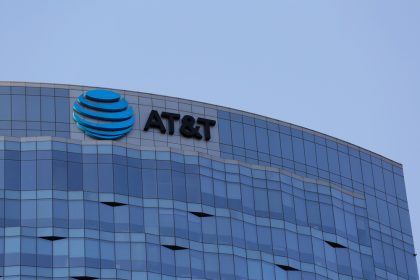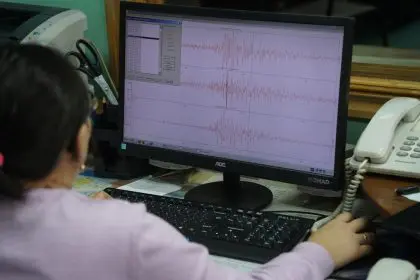Employment surge signals economic resilience despite monetary tightening

Market overview and key developments
The U.S. employment landscape in November defied expectations, demonstrating an extraordinary resilience that surprised economists and analysts. Despite ongoing economic headwinds, including the Federal Reserve’s monetary tightening and disruptions from labor strikes and severe weather events, the labor market added 227,000 jobs in November. This marked a significant rebound from October’s modest 36,000-job increase and pointed to a recovery in employment activity that could shift economic forecasts for the better. This unexpected surge in job growth highlights the adaptability of the economy amid challenging conditions and suggests the labor market is more robust than initially anticipated.
Employment metrics and structural changes
The slight increase in the unemployment rate to 4.2% reflects structural adjustments as the labor market transitions away from the unprecedented hiring boom witnessed during the post-pandemic recovery period of 2021-2023. This shift marks a return to more sustainable growth, moving away from a rapid surge in employment that characterized the early post-pandemic years. The Federal Reserve’s aggressive interest rate hikes were intended to cool the economy and reduce inflation, but they have also created a landscape where hiring trends must adapt to the new normal. As a result, employers are now more cautious, balancing between maintaining an adequate workforce and navigating the costs of economic stability.
Interest rate dynamics and economic impact
The Federal Reserve’s decision to implement 11 interest rate hikes over the past two years has fundamentally reshaped the economic environment. While higher borrowing costs have impacted consumer spending and business investments, the economy has demonstrated a surprising capacity for resilience. The effects of elevated interest rates were predicted to slow down growth substantially, yet data reveals the opposite. Businesses continue to report sustained demand, with key sectors maintaining their pace of expansion despite the higher cost of credit. The job market’s recent performance underscores a nuanced reality: the economy is slowing but not as dramatically as many analysts predicted, suggesting that traditional economic models may require reassessment.
Workforce stability and employment security
One of the notable findings in November’s labor report was the drop in layoffs to 1.6 million, a significant improvement compared to pre-pandemic benchmarks. This decline points to greater job security for workers and a relatively stable labor market, even as the growth rate of job creation moderates. Job openings rebounded after hitting a 3.5-year low, signifying that employers continue to seek talent, albeit at a more measured pace. This increase in job openings, coupled with a decrease in layoffs, suggests that the labor market is navigating a delicate balance. Companies are cautious, carefully evaluating their staffing needs and aligning them with longer-term strategies as opposed to immediate expansion.
Economic performance and growth trajectory
The economy’s growth rate, reported at 2.8% annually for the third quarter, continues to defy recession forecasts. This sustained performance is underscored by the fact that eight out of the past nine quarters have shown growth rates exceeding 2%. These numbers offer a counterpoint to earlier predictions that an aggressive interest rate policy would lead to an economic downturn. The data suggests that while the economy is adjusting to a new, higher interest rate environment, it is also displaying a level of resilience that could influence policymakers’ future decisions. Growth, while slowing, remains robust enough to counterbalance recessionary concerns, and economists are now more inclined to view this as a potential plateau rather than an imminent downturn.
Inflation trends and consumer impact
Inflation has shown substantial improvement since its peak at 9.1% in June 2022, with current rates standing at 2.6%. This decline signifies significant progress in curbing inflation, providing a reprieve for consumers whose purchasing power had been diminished over the past two years. However, even with this progress, inflation’s lingering effects continue to shape consumer sentiment. Prices for essential goods and services remain higher than pre-pandemic levels, creating ongoing challenges for household budgets and influencing political dynamics. The economic implications of this reality extend beyond consumer habits; they impact public confidence and the way voters view economic leadership. Political ramifications are evident as voters are increasingly attuned to the economy’s state and its influence on daily life.
Labor market challenges
Despite overall job security remaining relatively strong, certain aspects of the labor market present challenges that need addressing. One key issue is the length of unemployment, with the average duration reaching 22.9 weeks in October—the longest stretch in two and a half years. This trend points to potential structural changes, indicating that job transitions are becoming more difficult for certain demographics. It suggests a shift in employment patterns, where workers face a more challenging path to securing new positions, even in an environment where overall job openings are abundant. The persistence of long-term unemployment for some reflects the need for targeted workforce development programs and supportive policies that address the evolving dynamics of job market participation.















